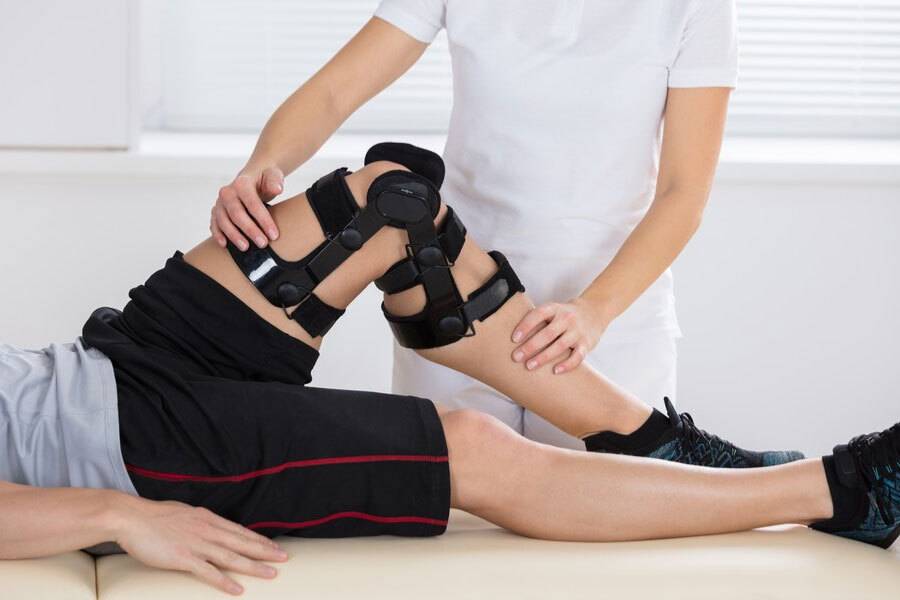
 Splinting/ bracing recommendations :
Splinting/ bracing recommendations :
Braces and Splints comes in a variety of styles and sizes Whereas Braces and Splints are often used to treat acute injury—for instance, holding a sprained neck, knees, or sprained ankle stead. Its is also used to manage chronic pain.
What are the Functions of Braces and Splints?
Bracing and splinting are used to achieve three primary goals :
- To support weak or damaged joints
- To keep discomfort and inflammation from worsening by restricting mobility in order to provide a measured and steady force to a stiff (ankylosed) or constricted owing to scar tissue joint (arthrofibrosis).
The other type of splinting is known as "dynamic splinting," and it uses a dynasplint or orthosplint. While other uses are static in nature, dynamic splinting not only stabilises a joint but also aids to offer that joint with a wider active range of motion (ROM) through dynamic stress. Secondary goals set by a therapist or clinician to facilitate recovery, reduce additional irritation/injury, and unload a joint may include unloading braces, like in the case of osteoarthritis of the knee.







